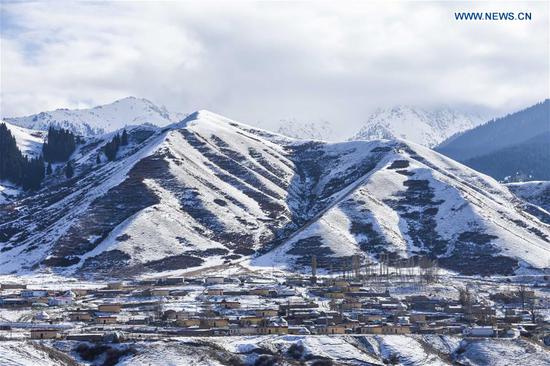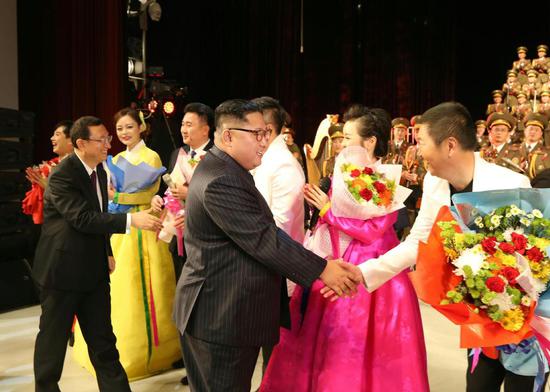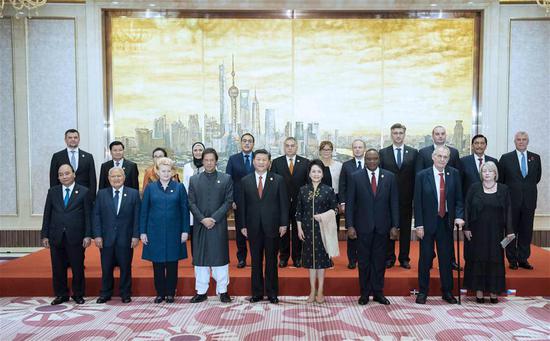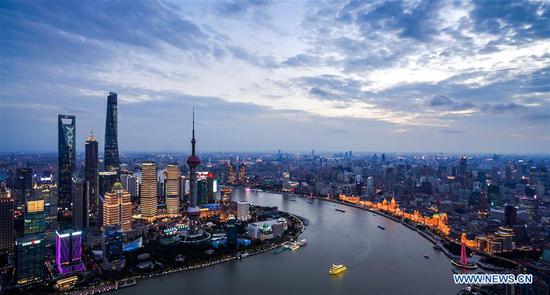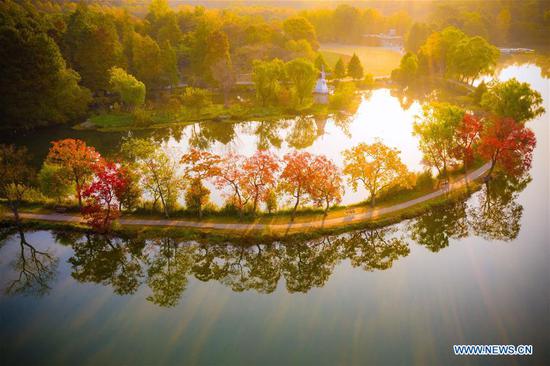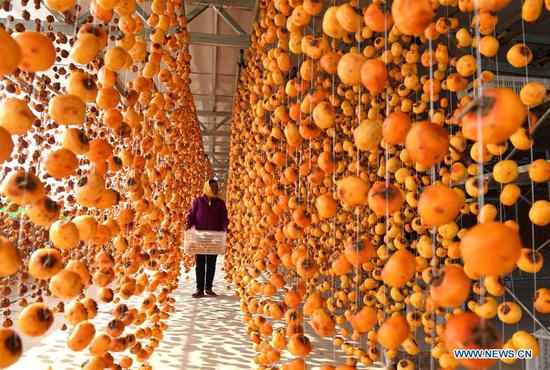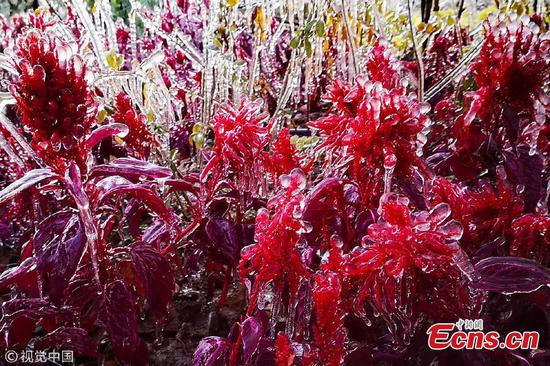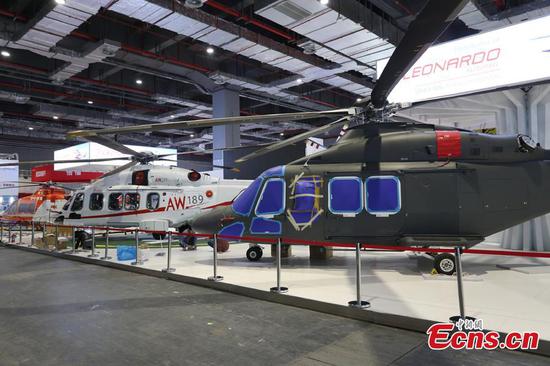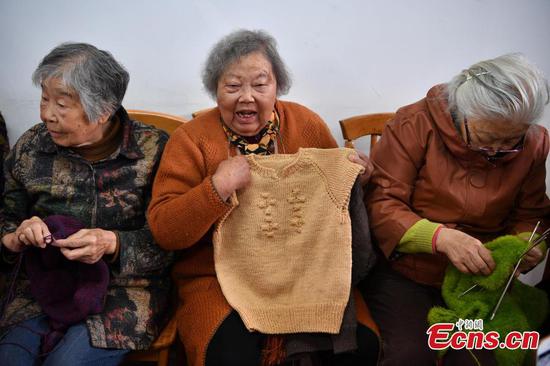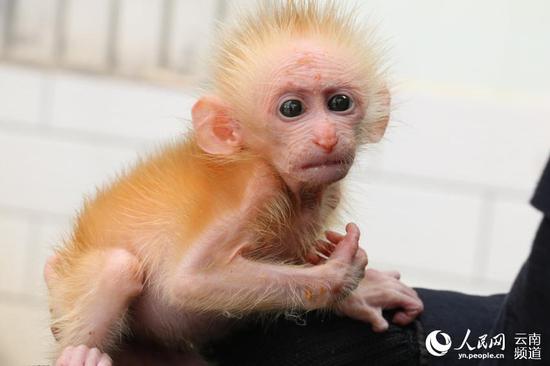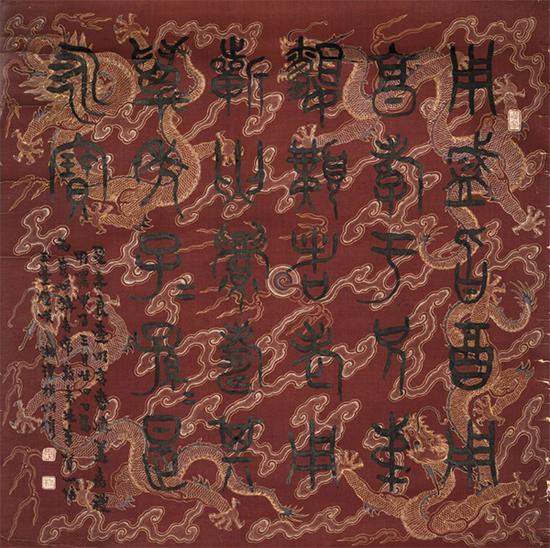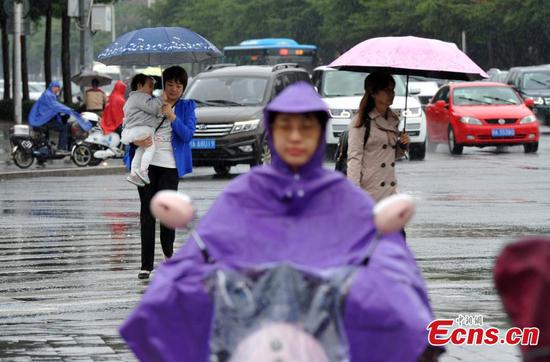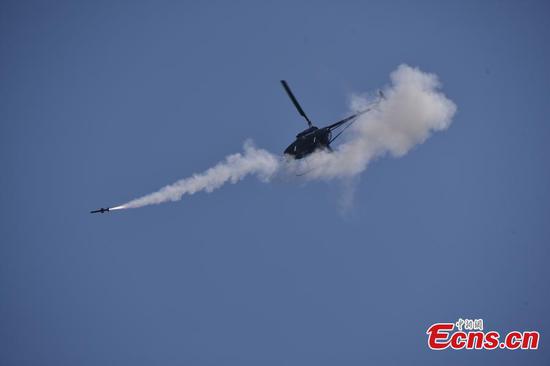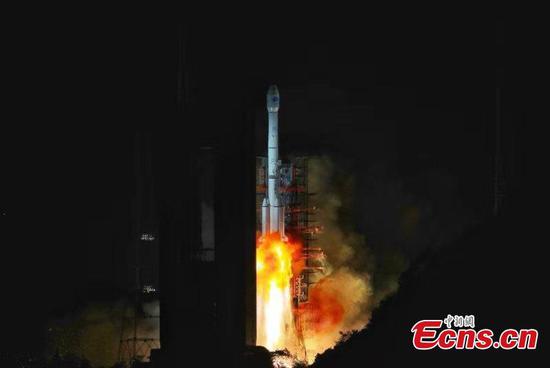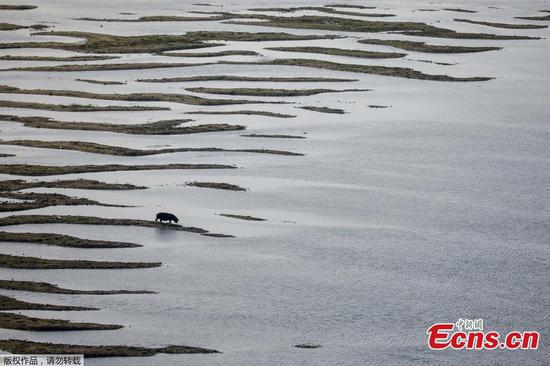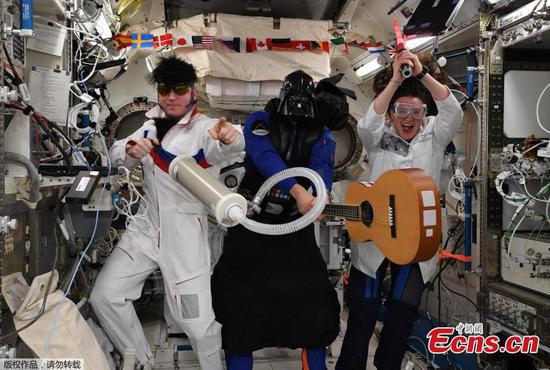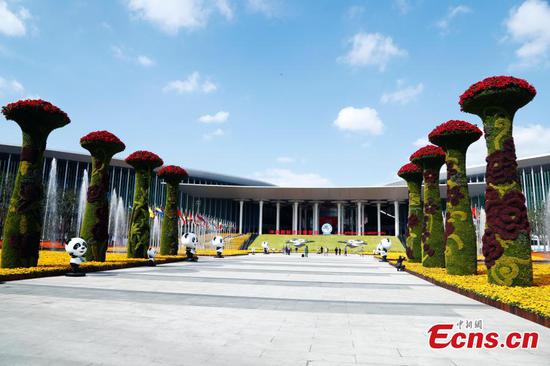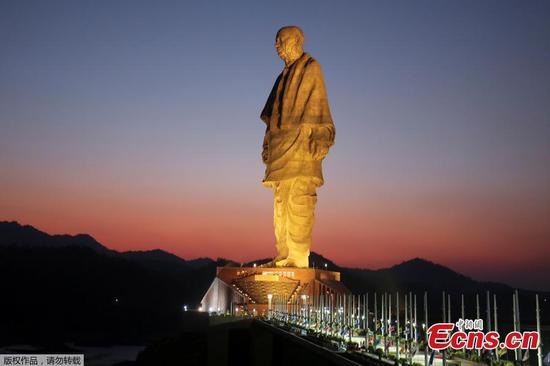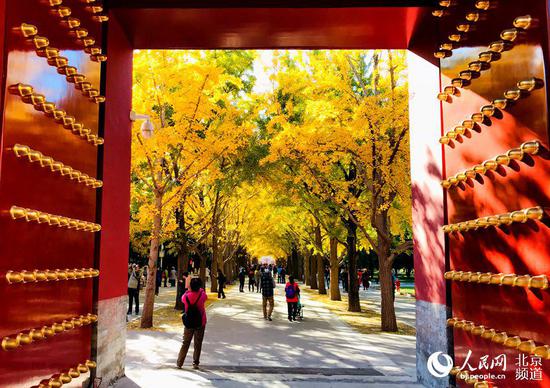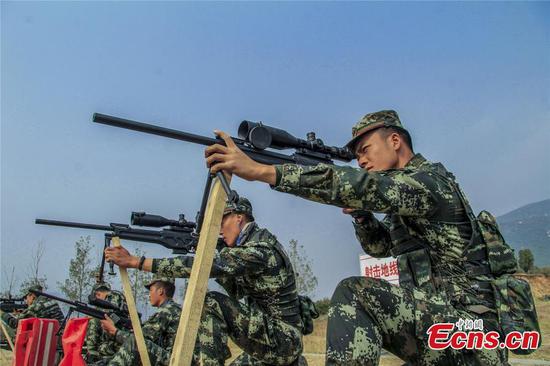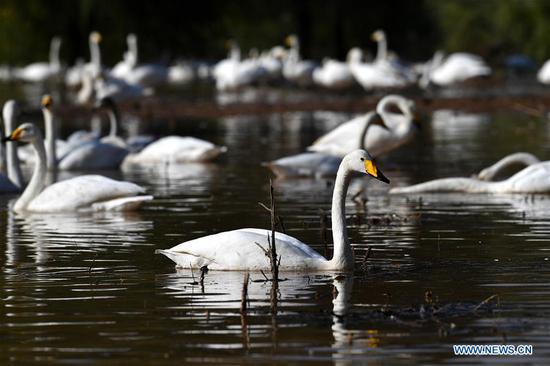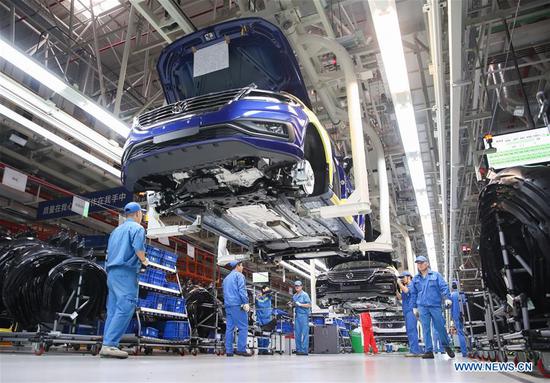
Different from traditional brick chimneys found over coal boilers, this metal chimney is loaded with technologies to filter out dust, sulfur dioxide and nitrogen oxide emissions. /CGTN Photo
This year's winter heating season started on November 1 in China's northeastern province of Liaoning. While keeping people warm, local authorities are looking for ways to curb air pollution as winter heating season gets underway.
However, in addition to airborne particles, gas emissions such as nitrogen oxides from boilers are equally harmful. Starting this year, the capital of Liaoning Province, the Shenyang City has mandated a 50 percent reduction in nitrogen oxide emission levels from 400 milligrams per cubic meter to 200. Local air quality watchdogs say improvements were seen on day one of the winter heating season.
"Based on data we collected over the past 24 hours, air pollutant concentration increased slightly overnight. Levels of nitrogen oxides though have been decreasing. So far, the air is still good," said Liu Min, director of Shenyang's environmental monitoring center.
Data showed that the average concentration of nitrogen oxides stood around 50 milligrams per cubic meter on November 1 – half of that five years ago.
With tougher rules in place, local coal boilers need to find ways to reduce emissions levels. But it does not come cheap. Shenyang Tianrui is one of the largest heating power suppliers in Shenyang, and the firm invested over 10 million yuan, or some 1.5 million US dollars to tear down old brick chimneys. Their newly installed metal chimneys can filter out dust and noxious gases much more effectively.
"Under existing circumstances, it is important for us to transform current coal heating technology to make coal emissions as clean as those from natural gas or electricity. And it is now technically possible," said Xia Haifeng, vice general manager of the Shenyang Tianrui Heating Power Supply.
Tianrui has reduced their emissions to a large extent. In one of their coal boilers, sulfur dioxide emissions have gone down 90 percent, nitrogen oxide emissions down 50 percent and airborne particles were under the national requirement of 30 milligrams per cubic meter.
Winter heating season lasts through late March in Shenyang. In colder parts of China, winter lasts for as long as eight months.









